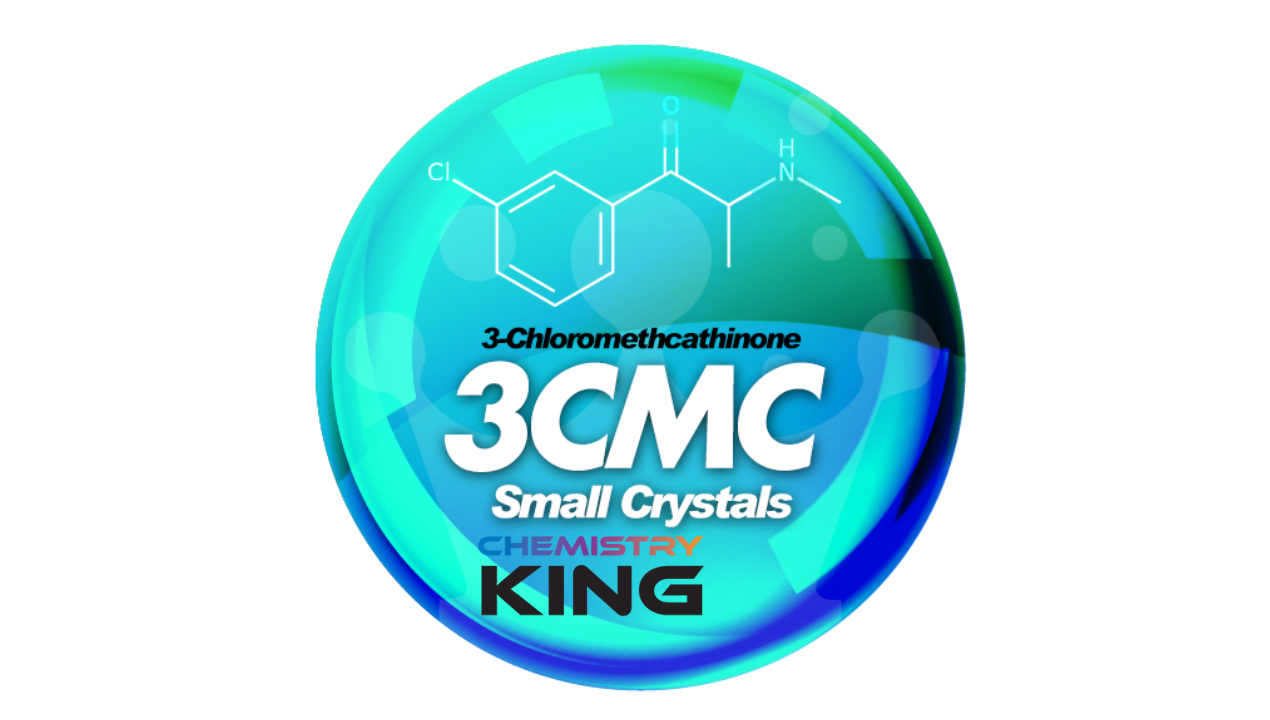Understanding the Functioning of 3CMC: A Comprehensive Guide for Researchers
Chemistry King is an online retailer offering high-purity research chemicals for scientists and researchers. Among their extensive range of products, one compound that stands out is 3CMC. This blog article delves into the intricacies of 3CMC, exploring its chemical structure, potential applications, and safety considerations. By focusing strictly on 3CMC, we aim to provide a detailed and informative resource for researchers and scientists.

What is 3CMC?
3CMC, also known as 3-Chloromethcathinone, is a synthetic cathinone, a class of chemicals structurally similar to amphetamines. Cathinones are derived from the khat plant and have stimulating effects. 3CMC, in particular, is characterized by the presence of a chlorine atom at the third position of the methcathinone molecule. This slight modification can significantly influence the compound’s pharmacological properties.
Chemical Structure and Properties
The chemical formula for 3CMC is C10H12ClNO, and its molecular weight is 197.66 g/mol. The presence of the chlorine atom in its structure makes it distinct from other methcathinones, potentially altering its interaction with biological systems. 3CMC typically appears as a white crystalline powder, but it can also be found in other forms such as capsules or solutions for research use.
Mechanism of Action
3CMC functions by influencing the levels of neurotransmitters in the brain, primarily dopamine, norepinephrine, and serotonin. These neurotransmitters play a crucial role in regulating mood, arousal, and alertness. By inhibiting the reuptake of these neurotransmitters, 3CMC increases their availability in the synaptic cleft, leading to enhanced stimulation and euphoric effects. This mechanism is similar to that of other synthetic cathinones and amphetamines.
Research Applications of 3CMC
Due to its impact on neurotransmitter levels, 3CMC is valuable in studying the neurochemical pathways involved in mood and cognition. Researchers can use 3CMC to explore the effects of increased dopamine and serotonin levels, providing insights into psychiatric disorders and potential therapeutic targets.
3CMC’s stimulant properties make it useful for studying behavioral responses in animal models. By observing changes in activity levels, researchers can gain a better understanding of the effects of stimulant compounds and their potential risks.
3CMC can be used to profile the pharmacological effects of synthetic cathinones. This includes studying the compound’s binding affinity to various receptors and its overall pharmacokinetics, which are crucial for developing safety profiles for new research chemicals.

We sell our products exclusively to customers aged 18 and over, strictly for research purposes only.

Safety and Handling Consideration
While 3CMC holds promise for various research applications, it is essential to handle it with care. The compound’s stimulating effects can pose risks if not managed properly. Here are some key safety considerations:
Personal Protective Equipment (PPE): Researchers should always wear appropriate PPE, including gloves, lab coats, and eye protection, to prevent direct contact with 3CMC.
Controlled Environment: Experiments involving 3CMC should be conducted in a controlled environment, such as a fume hood, to minimize exposure to airborne particles.
Accurate Dosing: Precise measurement and dosing are critical when working with 3CMC. Even small deviations in dosage can lead to significantly different outcomes, which can compromise the integrity of the research.
Legal Compliance: Researchers must ensure that their use of 3CMC complies with local regulations and guidelines. Many synthetic cathinones are subject to legal restrictions due to their potential for misuse.
3CMC is a potent synthetic cathinone with a unique chemical structure that makes it valuable for various research applications. Its ability to influence neurotransmitter levels positions it as a critical tool for studying neurochemical and behavioral responses. However, the stimulating effects and potential risks associated with 3CMC necessitate careful handling and adherence to safety protocols. By understanding the functioning of 3CMC and implementing best practices, researchers can harness its potential while minimizing risks.
At Chemistry King, we are committed to providing high-purity research chemicals like 3CMC to support scientific exploration. Our rigorous testing and quality assurance ensure that researchers receive reliable products for their studies. With fast, discreet delivery and comprehensive customer support, we strive to be a trusted partner in the scientific community.
In summary, 3CMC offers valuable insights into the functioning of synthetic cathinones and their effects on the brain. As researchers continue to explore its potential, maintaining a focus on safety and ethical considerations will be paramount in advancing our understanding of this intriguing compound.

FAQ and How We Can Help
Frequently Asked Questions answered here; don’t hesitate to ask more!
3CMC, or 3-Chloromethcathinone, is a synthetic cathinone that functions by increasing the levels of neurotransmitters such as dopamine, norepinephrine, and serotonin in the brain, leading to stimulating and euphoric effects.
3CMC inhibits the reuptake of neurotransmitters like dopamine, norepinephrine, and serotonin, making them more available in the synaptic cleft and enhancing mood, arousal, and alertness.

